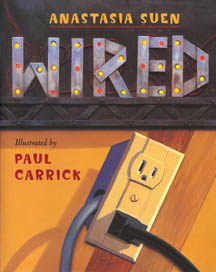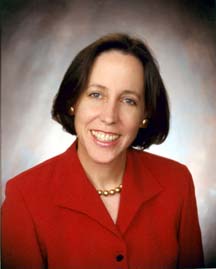This week's post will use swimming as a metaphor. There will be no mention of swimming, the sport. Instead I will be introducing what I hope will be a weekly feature
the curriculum tie-in.
Yes, parents, it's time to get your offspring swimming enthusiastically to the start of the school year. With this in mind, I'd like to introduce
Phillis Sings Out Freedom: the story of George Washington and Phillis Wheatley by Ann Malaspina. When George Washington was struggling to win independence
from Great Britain, the poet Phillis Wheatley wrote a poem of encouragement just for him. This picturebook biography can be used as supplemental reading for the lower grades. Since the book is set in Massachusetts, I looked at the states core curriculum. Biographies are among the informational texts acceptable for Pre-K- grade 5.
Ann says, "In my book, I tried to stick to what is known about Phillis Wheatley's life, which is not that much. Because there are wide gaps in the details of her life, I did the best I could, using the best historical sources I could find. I gathered details and words from her poems and writings, as well as documents from Massachusetts Historical Society, scholarly biographies, and George Washington's own letters and biographies. "
For more information, visit Ann at
http://www.annmalaspina.com/





![[Me.jpg]](https://blogger.googleusercontent.com/img/b/R29vZ2xl/AVvXsEi0hWvpJUbSLPWuTgpYdPmVoE0RWYuZ5hj8leHwRvmSqcI3sx5Z8SLbAuDxN9Zt1qpnInzuTRi7hyphenhyphenyLHuhyphenhyphen_1wCvB7DYkVukWO1X5LZsOFthOPIgDdDVbXFPK5rHKLMXy4lITjm3lsxobG4/s220/Me.jpg)







